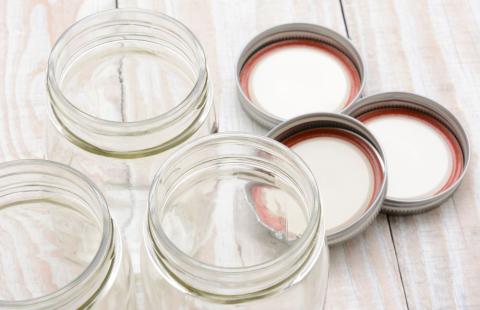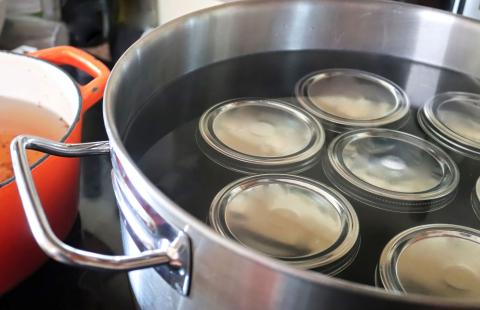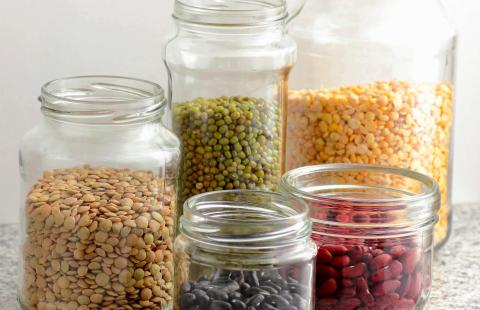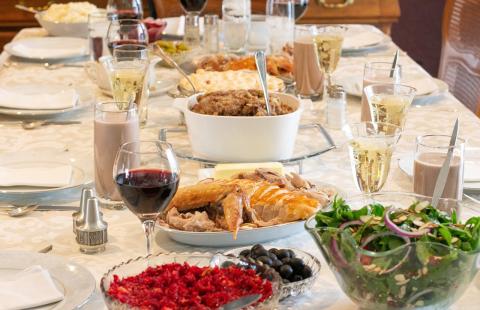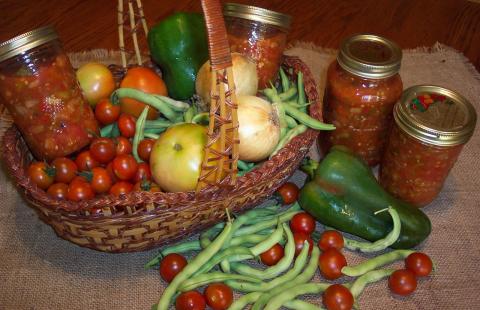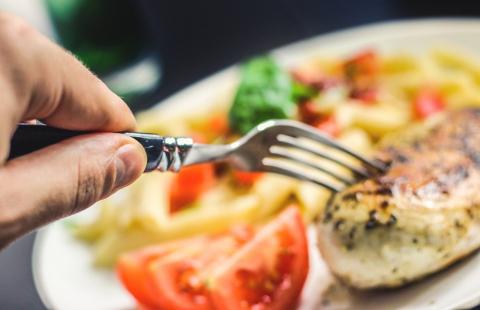Food Safety at Home
Fermentation of food and beverages has been around for centuries as a safe way to preserve food. Fermenting is the process by which beneficial bacteri...
Learn More
One of the easiest, most convenient, and least time-consuming methods of preservation
Freezing is one of the easiest, most convenient, and least time-consuming methods of preserving foods.
Learn More
Successful canning starts with the use of jars in good condition and new lids with new or used ring bands in good condition.
Learn More
Safe processing methods are crucial steps in ensuring that home-canned jams, jellies and pickles are safe, shelf-stable, and of good quality. Boiling ...
Learn More
“Dry Canning” is not canning. There are many issues that lead to safety concerns with this method of sealing jars of food.
Learn More
Follow these guidelines for safe food handling and consumption of flour
Flour is a raw agricultural product that can become contaminated with Salmonella and pathogenic Escherichia coli (E. coli) while the grain is growing ...
Learn More
A bimetallic stemmed thermometer is an important tool for keeping track of food temperatures
A bimetallic stemmed thermometer is an important tool for keeping track of food temperatures.
Learn More
Keep your friends and family safe when gathering for the holidays by properly cooking and baking
Whether you cook for yourself, a small gathering of families or friends or a large crowd, it all begins with safe food handling. Safe steps in food ha...
Learn More
Questions to ask before trying a canning recipe
The University of New Hampshire Cooperative Extension recommends following home canning recipes and guidelines that have been tested by scientific res...
Learn More
Learning new recipes can be fun, but it’s important to understand safety concerns
Social media provides a fun way to learn new recipes. But there are some harmful online cooking challenges that go “viral” on platforms like Facebook,...
Learn More


